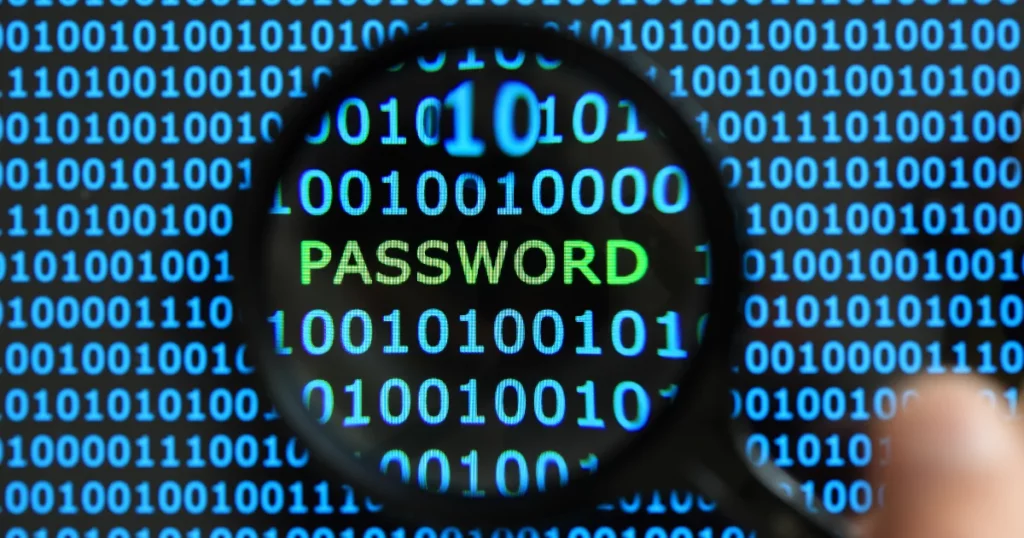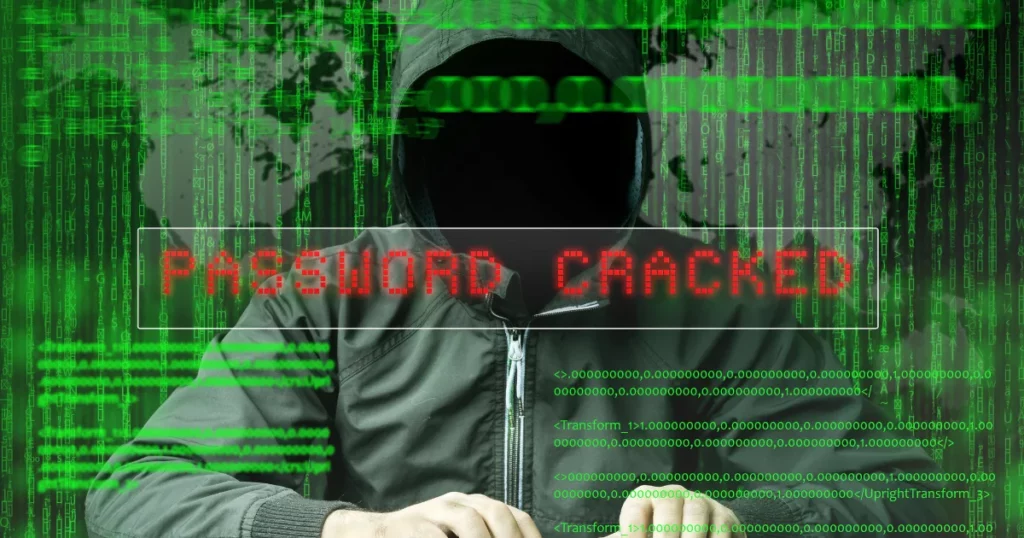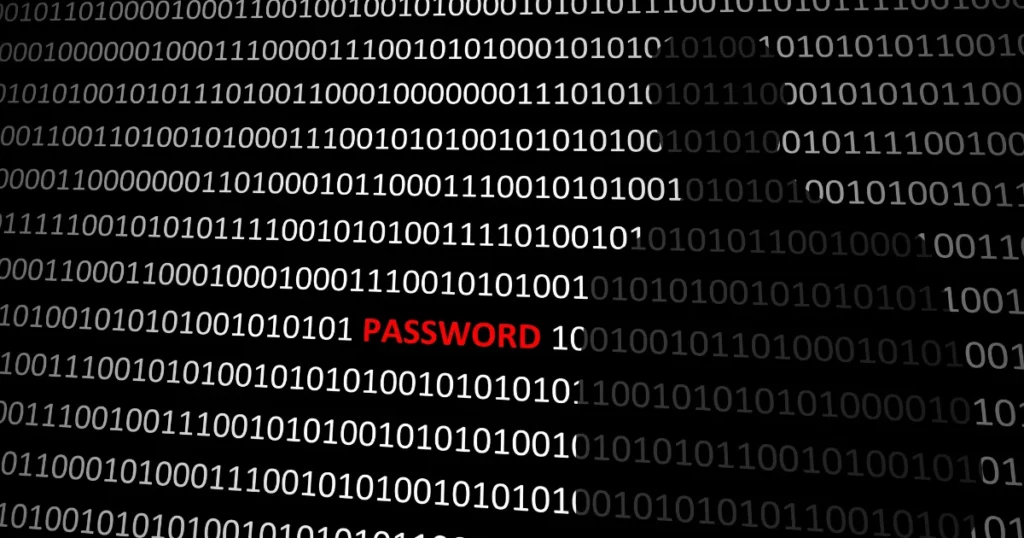How to Generate Strong Password for Enhanced Cybersecurity?
- September 10, 2023
Is the strength of your passwords up to par?
Self-generated passwords expose numerous users to data breaches, account seizures, identity theft, and assorted risks. Within the corporate environment, inadequate password handling can culminate in extensive cybersecurity crises that have the potential to disrupt a company’s operations.
Happily, enhancing your passwords’ robustness is a straightforward endeavor by adhering to a handful of recommended techniques, including using a password generator to generate a strong password. We will present five pieces of advice for crafting safer, more fortified passwords to safeguard your personal accounts and bolster your enterprise’s cybersecurity. Furthermore, we will examine the password blunders that must be carefully avoided at all costs.
Few Things to Keep in Mind:
- Individuals often employ ordinary passwords that hackers can breach in mere seconds, like “123456” or “password.”
- Employing feeble or recycled passwords markedly heightens the likelihood of encountering data breaches, account hijacking, identity theft, and related risks.
- Employing straightforward strategies to generate a strong password, such as employing nonsensical combinations and extending password length, can result in substantially enhanced password security and more fortified accounts.

This blog caters to business proprietors, professionals, and any individuals seeking to generate a strong password.
What Is a Strong Password?
Table of Contents

Your password functions as the initial barrier against cyber intruders. It is imperative to grasp the art of formulating a formidable password and put it into practice. An effective password should be challenging for malicious actors to deduce while remaining facile to commit to memory. It appears that the criteria for devising a secure password are growing progressively stringent. Nonetheless, there is a rationale behind this evolution.
Cyber attackers are advancing in sophistication, and the surge in data breaches implies that your password is, in all likelihood, already accessible on the internet. Consequently, it is perilous to recycle a password, even if it possesses robust qualities. Hence, all of your passwords should exhibit both strength and distinctiveness.
How Do Hackers Crack Passwords?

- Intercepting passwords during transmission over the network.
- Brute force attacks involving automated guessing of millions of passwords.
- Physically stealing passwords, such as when they are written down near a device.
- Scanning IT infrastructure for stored password data.
- Manual guessing based on easily accessible personal information (e.g., name, date of birth).
- Shoulder surfing – observing individuals entering their passwords in public places.
- Social engineering – deceiving individuals into divulging their passwords.
- Key-logging malware that records passwords as they are typed.
These methods underscore the importance of basic precautions users can take to safeguard themselves.
How to Create a Strong Password for Enhanced Cybersecurity?

Avoid incorporating personal details into your passwords
The names of loved ones, dates of birth, as well as preferred films or sports teams are simple to recall. However, they also become susceptible to a determined attacker’s educated guesses. For individuals who actively engage in social media, the use of personal information in passwords presents an even graver concern, given that a significant portion of their personal details can be readily accessed online.
Although it might appear to involve considerable effort on the part of a cybercriminal, assailants can rapidly compile a catalog of potential passwords and subsequently employ software to iterate through these combinations.
Utilize Passphrases
Passphrases, crafted by combining a random assortment of words, represent one of the foremost recommendations put forth by cybersecurity specialists. Secure passphrases can range from 4 to 12 words or even more, and the greater the length of the passphrase, the more challenging it becomes to decipher.
For instance, an illustration of a passphrase might be “chicken G0og7e blue Hawaii.” At first glance, this passphrase might appear relatively easy to crack.
Nonetheless, according to the website “Use a Passphrase,” which allows you to assess passphrases and determine how long it would take a computer to decipher them, this particular example would require a computer a staggering 1,918 centuries to unravel!
To heighten the security of your passphrase, contemplate incorporating punctuation, character substitutions, and numerals.
Avoid reusing your passwords
Each device, application, website, and software asks to generate a strong password or PIN. Keep in mind that if a cybercriminal manages to guess one of your passwords, they may use it in an attempt to breach all your personal and professional accounts.
Always refrain from disclosing your passwords to anyone. This includes your coworkers, the IT/support team, customer service/helpdesk representatives, family members, and friends.
Additionally, remain vigilant about phishing emails, smishing texts, and vishing calls that request your password information — do not respond or share any personal data, including your password, birthdate, address, or credit card particulars.
Avoid Writing Down Passwords

When you jot down a password, be it on a sticky note or within the Notes app on your phone, you open up an opportunity for someone with malicious intentions to discover it.
For example, in a hospital setting, like nurse stations, a nurse who struggles to recall their computer login might have it affixed to the station via a sticky note. Anyone passing by could stumble upon this note, log into the computer, and gain access to confidential information.
The goal should be to establish password protocols within your organization that educate employees on the proper handling of account logins and other sensitive data. These guidelines might encompass instructions to refrain from documenting account logins or steps for devising a secure password.
Designing passwords that are both lengthy and intricate while still being easy to remember eliminates the necessity to record them. For instance, by crafting a passphrase with easily recallable words such as “Maximize China Tofu later,” you reduce the need to commit them to writing.
Use Multifactor Authentication (MFA)
Conclusion
A secure password plays a vital role in safeguarding your personal data. It’s essential to bear in mind that the greater the length of your password, the stronger it becomes. Additionally, ensure that you alter your password on any other platforms where it’s in use. Lastly, if you suspect that one of your accounts may have been compromised, promptly modify your password.
It’s worth noting that 80% of data breaches are attributed to stolen or feeble passwords. Advanced IT actively provides cybersecurity services, encompassing secure password management, multi-factor authentication, and more. Feel free to schedule a demonstration right away!
FAQs
A strong password is one intentionally crafted to be challenging for both individuals and software to predict. Since the primary objective of a password is to safeguard access to authorized users exclusively, a password that's simple to predict poses a cybersecurity hazard.
Complexity: Make sure to use a mix of upper and lowercase letters, symbols, and numbers.
Length: The longer your password, the harder it is to guess.
Uniqueness: Don't use common words or phrases or personal information.
Here are the strong 8-character password examples:
The password 6y^H>% is strong because it is 8 characters long and includes uppercase letters and lowercase letters, numbers, and symbols. It is also not a common word or phrase, and it does not contain any personal information.
Other strong password examples are:
- !q@w#e%r$
- Z@r!6&p%
- K@9jP*3v
- 2f3u7n8x
- Use uppercase & lowercase letters, numbers, and symbols.
- Make your password at least 12 characters long, but the longer the better.
- Don't use common words or phrases, such as "password," "123456," or "iloveyou."
- Do not use personal information, such as your name, birthday, or address.
- Use a different password for each of your online accounts.





